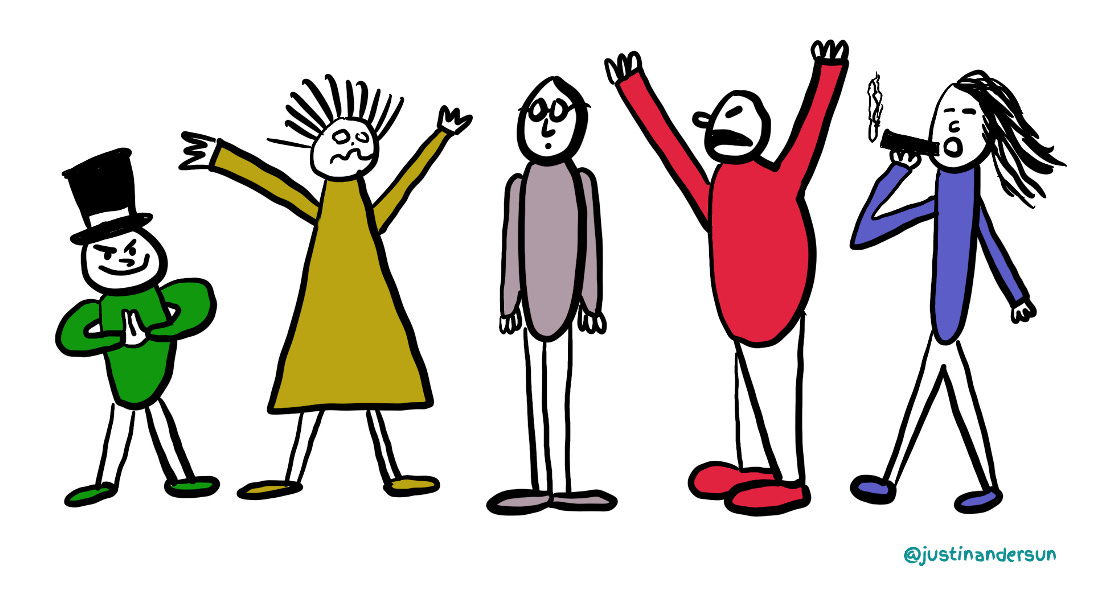17 March 2022
Secondhand Smoke
I’m always amazed by how quickly a clever framing can sway public opinion. In the US, smoking went from a commonplace activity to a near-villainous crime within a half-century, almost entirely through advertising. Compared to other vices—alcohol, gambling, porn—smoking rarely resulted in violence, financial loss, or broken relationships. But, more than any other vice, smoking had a social cost.
Secondhand smoke influences others. It stinks up a room, pollutes the air for vulnerable populations, and lingers on clothes—signaling to others that you were around smoke and whether you were the one puffing the cigarette or not, that perception carries a social cost.
While fewer and fewer of us encounter literal secondhand smoke, we experience secondhand smoke of other varieties. The behaviors and opinions of those we surround ourselves with—at work, at home, and on the media we consume—influence us daily.
We might have a friend who steals cups from restaurants and makes us question our values. Or a parent who imbibes radical media, prompting us to radicalize in the other direction. Or an unaware coworker whose anxious tendencies create extra stress on our projects. Whether we like it or not, the people around us change us.

While we can’t stop others from smoking, we have a say in how much their secondhand smoke will influence us.